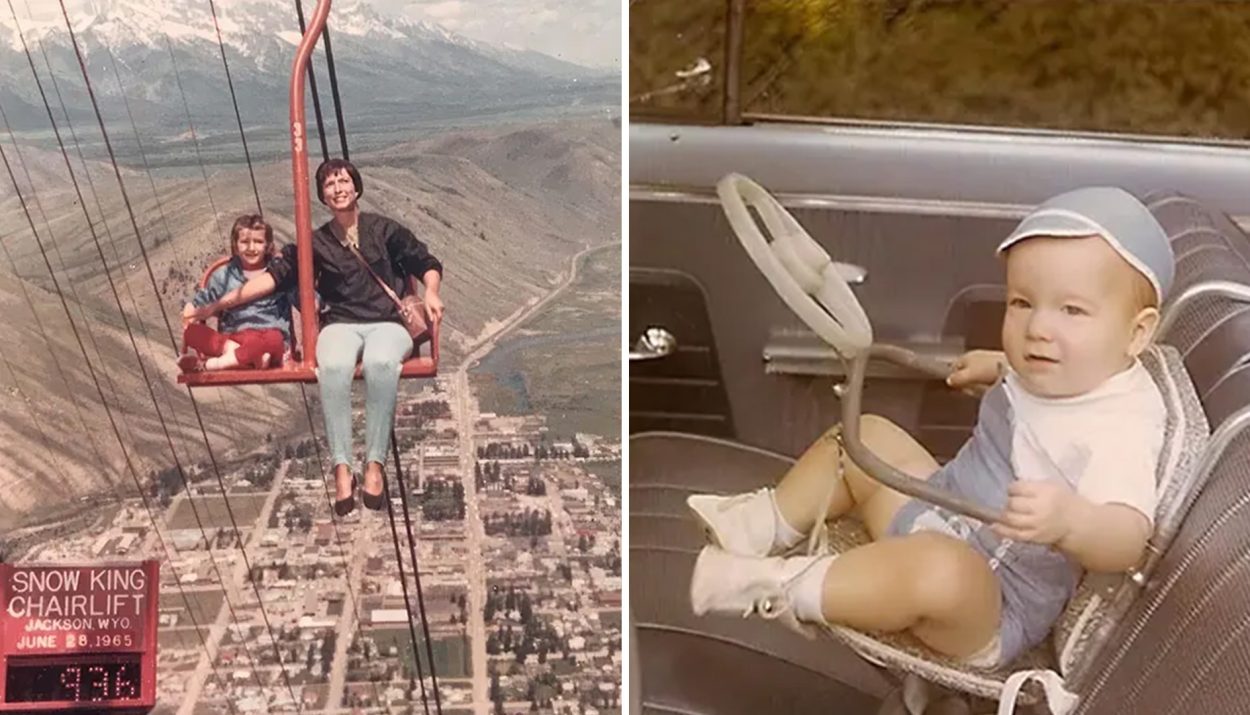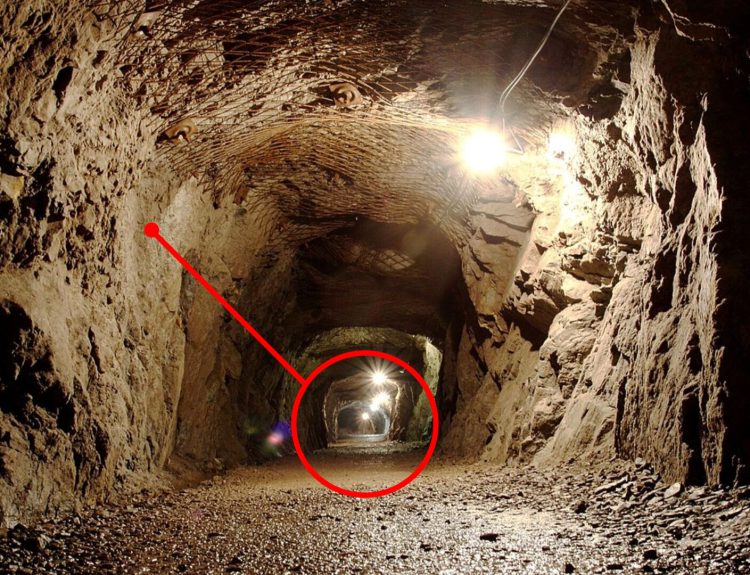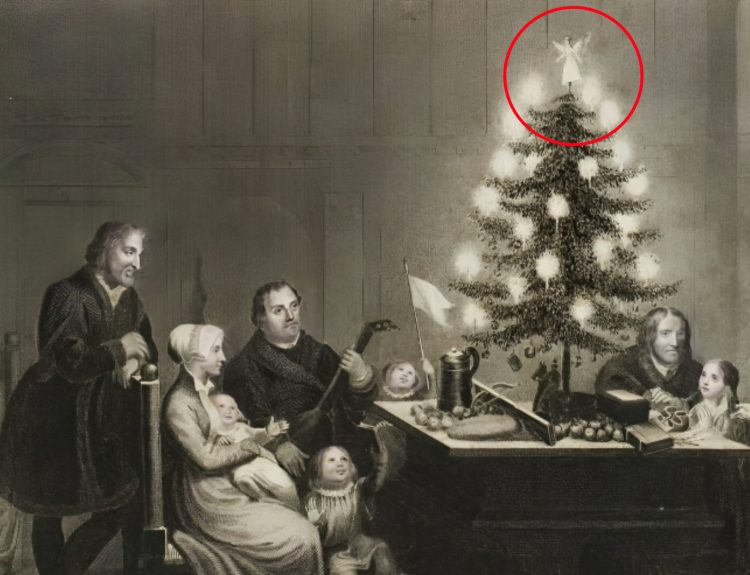Just ask your grandparents and they will tell you that people today are overcautious and overly concerned about safety. “We drank out of garden hoses and rode in the back of pickup trucks, and we turned out just fine,” Gramps may tell you. In many ways, he is right. People living a few generations ago threw caution to the wind and lived their lives without worrying so much.
On the other hand, the carefree ignorance of the past meant that many seemingly innocent products and practices were dangerous and potentially deadly. It blows our minds today to think about these 14 examples that show how people in the past didn’t pay attention to safety concerns.
1. Mercury Exposure in Science Class
The liquid mercury inside thermometers is a hazardous material. That’s why most people today use digital thermometers. Don’t let the liquidness of mercury fool you. This substance is really a toxic heavy metal that can enter the body by breathing its vapors or through contact with the skin. Mercury exposure can cause neurological damage, kidney problems, and respiratory issues.

In the 1950s, 1960s, and 1970s, schoolteachers often did hands-on science lessons with their students by doling out small amounts of liquid mercury and letting the youngsters play with the hazardous material. Since it doesn’t really behave like other liquids, mercury was fun to play with. Who knows how much mercury was absorbed through the skin of unsuspecting – and ungloved – school children.
2. The Baby Patting Machine
What parent hasn’t soothed their baby to sleep by gently patting their behind? An inventor in 1968 designed and patented a machine to give parents’ arms a break and allow them to get some much-needed sleep. It was a baby patting machine … an electronic device that kept a mechanical hand in constant motion to pat baby’s rump all night long.
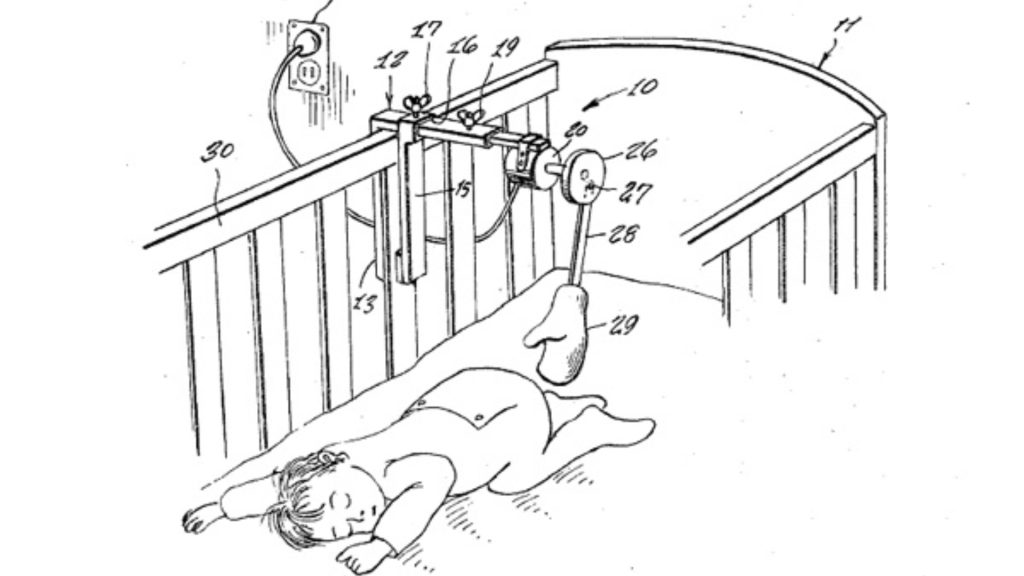
Fortunately, there were no cases of the baby patting machine going into overdrive and full-on spanking a child. However, there were plenty of complaints from parents. Infants and toddlers, as we all know, don’t stay in one position when they sleep. It was not uncommon for parents to wake to their youngster screaming and crying because the baby patting machine was slapping them in the face.
3. Homemade Amusement Parks
With no real safety regulations in place in the 1960s and 1970s, entrepreneurs who were handy with power tools built their own homemade amusement parks, which they opened to the paying public. The rides were often hobbled together. These wannabe roller coaster designers focused more on the adrenaline rush than on keeping riders safe.
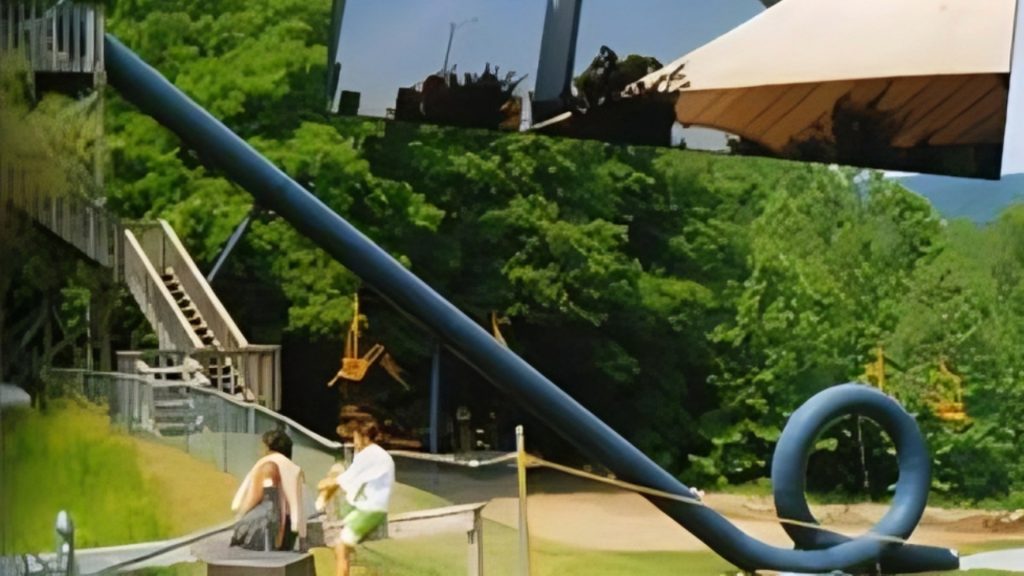
One of the most infamous of these homemade amusement parts was New Jersey’s Action Park. It was in operation from 1978 to 1996. During that time, six park guests died at the park, from roller coaster derailments to drownings to electrocutions. Numerous others were injured. Today, amusement park rides are inspected, regulated, and must meet certain safety standards.
4. Arsenic-Based Dye
Every few years, there is a hot, new, trendy color taking the fashion world by storm. In the late 1890s and early 1910s, that color was Scheele’s green. This artificially created shade of yellowish green was all the rage. In fact, Scheele’s green dye extended beyond clothing to wallpaper, upholstery, and other decorative items.

The secret to the vibrancy of Scheele’s green was arsenic. Yes, green dyes and paints were made using the deadly poison. Factory workers handling the dyes were especially at risk. Skin burns and respiratory issues were common complaints, although it is suspected that workers died from arsenic poisoning. The end users were at risk, too. In one documented case, a group of children were all sickened when they attended a holiday party at which the hostess burned Scheele’s green-dyed candles that released toxic arsenic into the air.
5. Thumbs Up for Hitchhiking
It was common practice in the 1960s for people to bum a ride from a total stranger by sticking their thumb out. Kids hitchhiked to school or to meet friends. Young women hitchhiked across the country. People hitchhiked to work. Today, hitchhiking gets a big thumbs down from most people because of several high-profile and well-publicized crimes. Statistically, most hitchhikers in the 1960s made it safely from point A to point B, but for others, things took a terrifying turn.
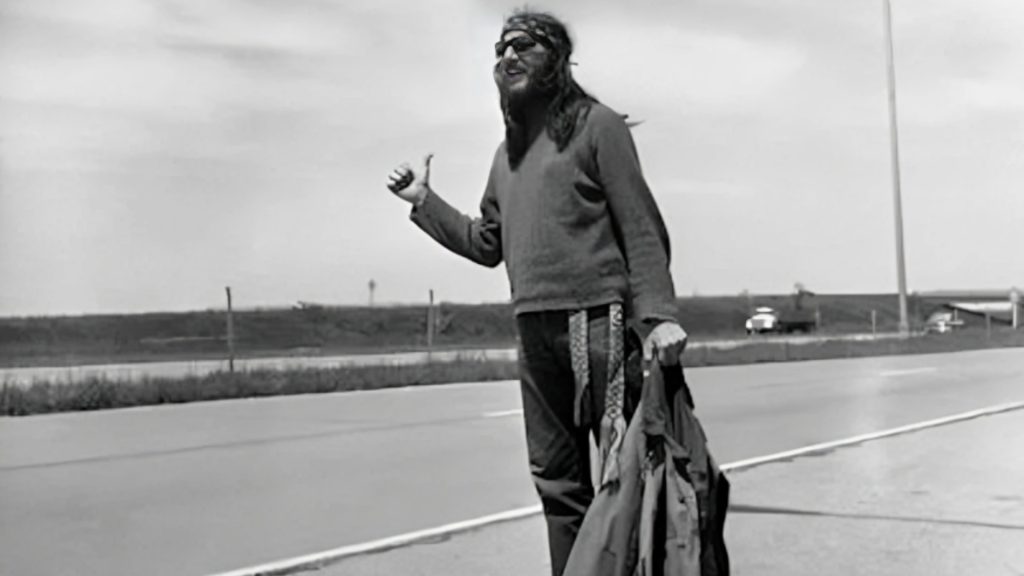
The Santa Rosa Hitchhiker Murders of 1972 and 1973 involved the killings of at least seven young women who unknowingly hitched a ride with a serial killer. There were other similar cases of killers and rapists who trolled the highways looking for hitchhikers to victimize.
6. Lawn Darts, a Killer Toy
A popular outdoor game in the 1980s, lawn darts – also called yard darts or Jarts – were basically oversized metal darts with colorful tails. Teams of players took turns tossing them at opposing targets in the ground, sort of like today’s cornhole, but without the cornhole board and with deadly projectiles instead of small sacks of corn.
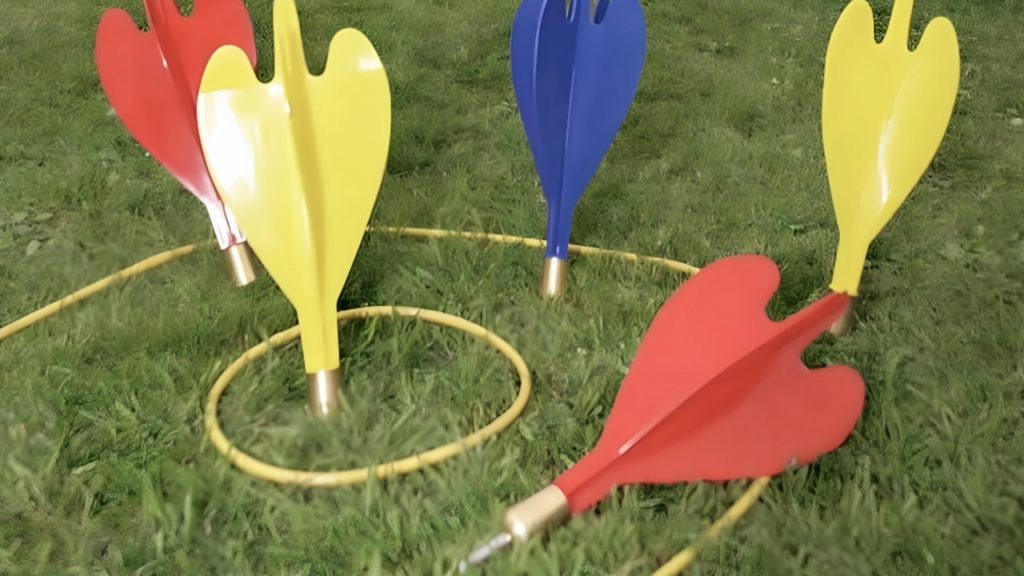
A seven-year-old California girl was killed in her backyard on April 5, 1987, when she was struck in the head with a lawn dart. The dart pierced her skull and caused a massive brain bleed. Injuries from lawn darts were common. More than 6,100 people visited the ER over an eight-year period with lawn dart-related injuries, usually traumatic injuries to their heads, eyes, or faces.
7. Lysol Was Used for What??!!
Lysol has been a cleaning and disinfecting product for well over a century. In the early to mid-1900s, the Lysol company aggressively marketed the product for an unorthodox use – as a feminine hygiene product! Lysol company ads, as well as prominent doctors, extolled the virtues of douching with Lysol.
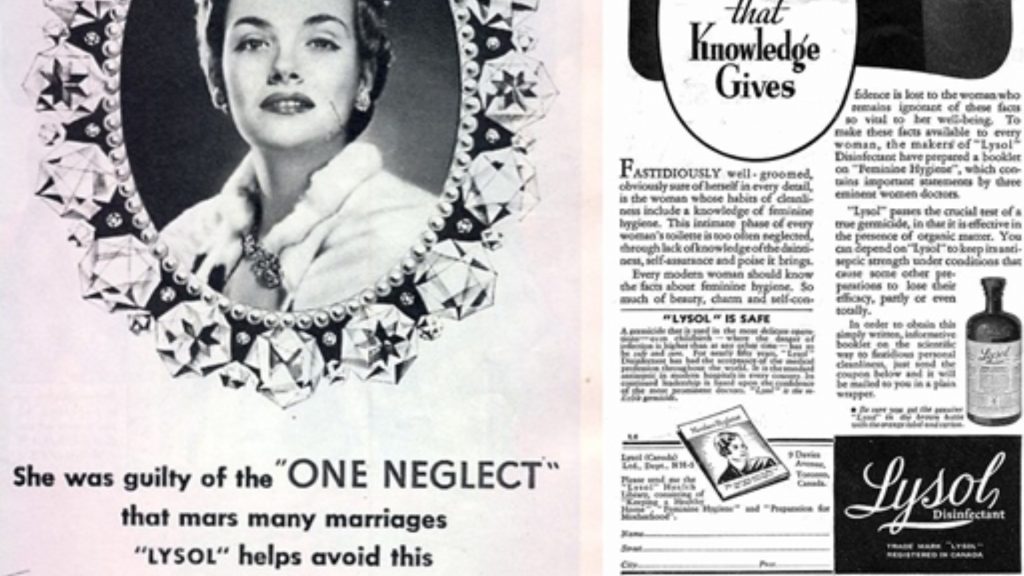
Lysol douches were, according to the ads, a way for a woman to stay fresh and appealing to her husband, but there was an unspoken understanding that it could also be used as a form of birth control. However, the chemicals in Lysol – which were even harsher back then than they are now – caused burns and poisoning. At least five women died after using Lysol as a feminine hygiene product and hundreds more were injured.
8. Baby Cages Were a Real Thing!
Suspending babies in cages outside a seventh-floor window … who would ever think this is safe? Apparently, a lot of parents in the 1920s and 1930s. When Dr. Luther Emmett Holt published a book on childcare, he wrote extensively about how infants needed fresh air and cold temperatures to build their immune systems. But city dwellers found this problematic.
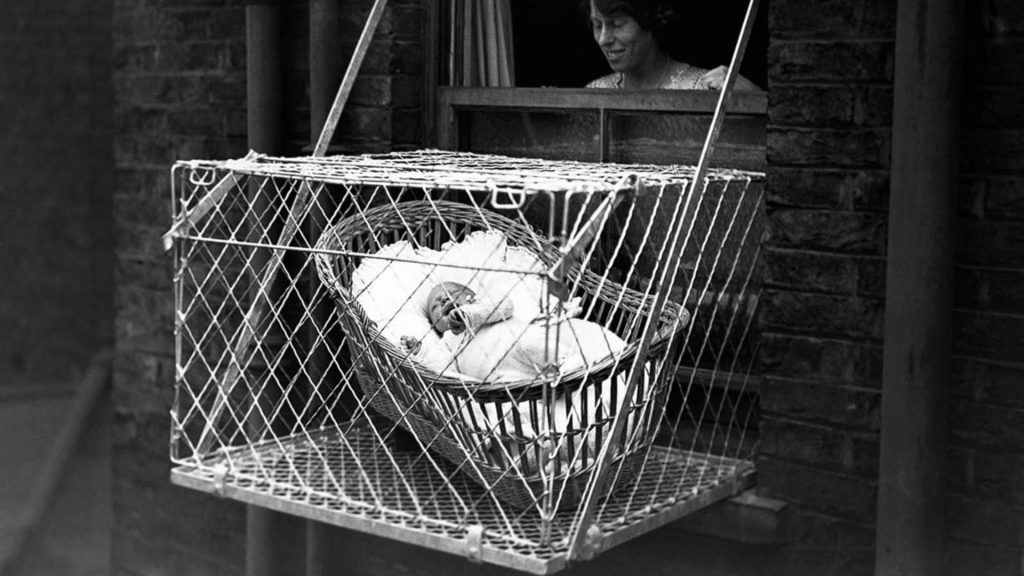
The solution was to use a baby cage. The wire metal cage was stuck out a window – no matter how high up it was – and a baby was placed in it. Neighbors were horrified to see an infant dangling out a window, but mothers were certain they were doing what was best for their children. After all, they were following doctor’s orders.
9. Glow-In-The-Dark Radium Paint
In the 1920s, radium was a new and modern substance that was making its way into everyday products, from makeup to clocks. Factories hired young women to paint clock faces with glow-in-the-dark radium paint. They worked without protection from the radium … and without being told of its dangers.
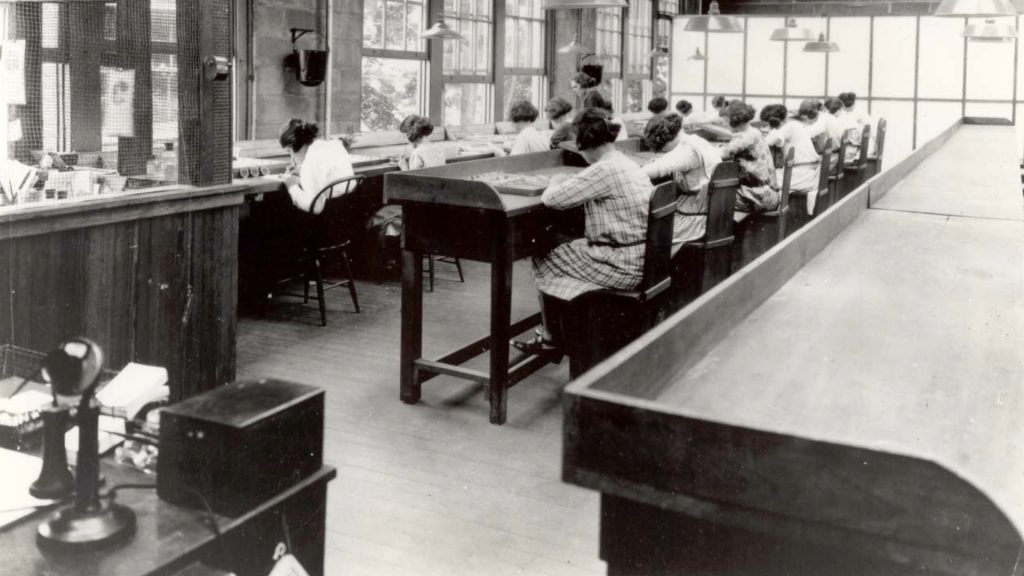
Even worse, the workers were told to use their tongues and lips to keep a good point on their paint brushes. That means hundreds of workers were continually ingesting radium. The dangers soon became obvious. The women experienced severe health issues … teeth and bones fell out, noses and lips deteriorated, and their breath was toxic. There were at least 50 deaths reported by 1927, with many more to follow.
10. No Seat Belts, No Problem
Today, we know that seat belts save lives, but for the first 50-plus years of the automobile’s existence, this common safety feature did not exist. Cars didn’t go as fast back then, but drivers and passengers could still be ejected or thrown into the windshield. Seat belts were an option on cars beginning in the mid-1950s, but most buyers opted out of them.
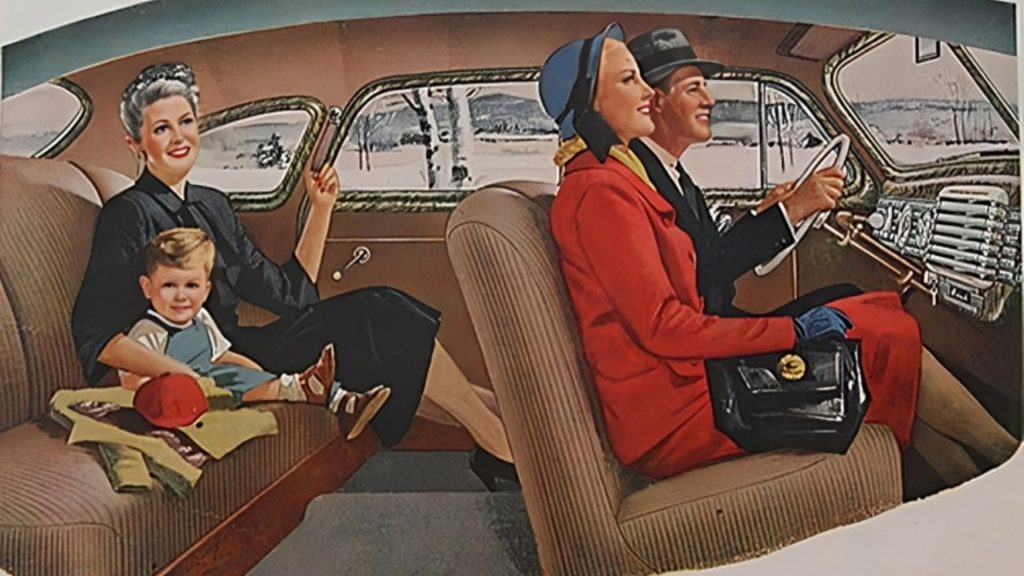
Beginning in 1968, the federal government mandated that all new cars include seat belts as a standard feature. But that didn’t mean people used them. It wasn’t until the 1980s that states began passing seat belt laws. Today, every state except New Hampshire has laws requiring seat belt use.
11. Asbestos Was Everywhere
For decades, asbestos was considered a marvel of nature and was used in all sorts of products. It wasn’t just used in manufacturing and industrial use. It was also used in kitchen products, roofing materials, and flooring.

Perhaps the most horrific use for asbestos was as a filler in children’s sand boxes. At the time, it was heralded as safer and cleaner than sand. What wasn’t known at the time was that every time a child played in their sandbox, he or she stirred up the asbestos, sending tiny fibers into the air where they were easily inhaled. The carcinogenic fibers caused cancer and other deadly diseases.
12. School Shooting Clubs Were the Norm
The thought of a student bringing a gun to school these days is a terrifying one. But up until the 1970s, it was common for students in rural areas to bring their rifles to school with them so they could hunt before and after class. In fact, most schools had shooting clubs.
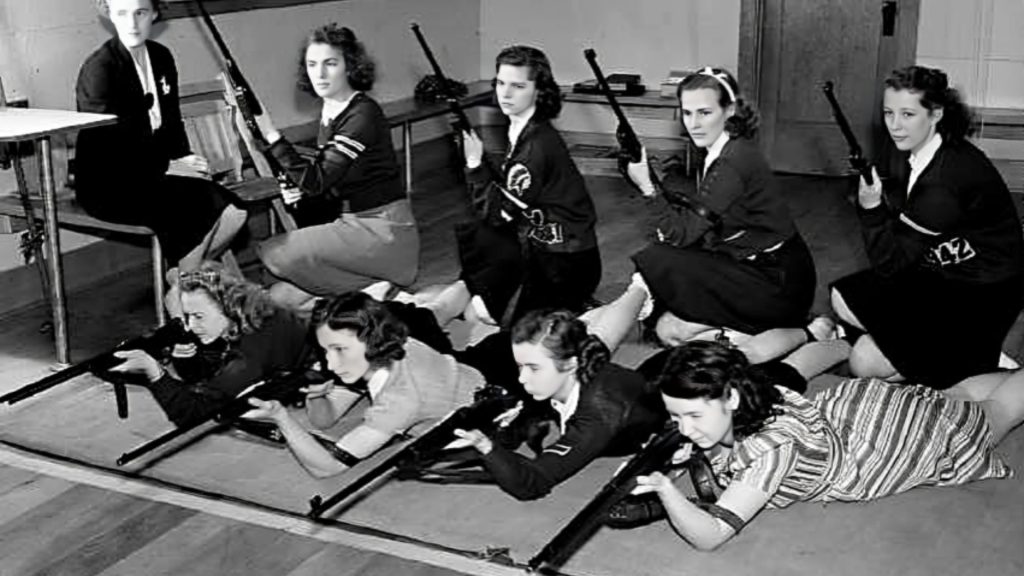
Students toted their rifles and shotguns to school for target practice and friendly shooting competitions. They were also taught proper gun handling. Ironically, when school gun clubs fell out of popularity was roughly the same time that school shootings started.
13. Jungle Gyms Were a Broken Arm Waiting to Happen
A standard piece of playground equipment until the 1980s, retro-style jungle gyms were nothing more than metal bars welded into tall shapes and cemented into the ground. There was no padding, no cushy landing, and no safety standards about how high they could be.

The ground beneath jungle gyms quickly became compacted and hard. The cement footings often stuck out, as did random bolts and screws. Injuries were common, especially from falls, which caused broken bones, cuts, and concussions.
14. Child Car Seats Were Not Created for Safety
The first child car seats, you may be surprised to learn, were not created to keep a child safe in the event of a car accident. Rather, they were originally designed to be child restraints … a way to keep an active kid from climbing all over the car while mother was driving to market.
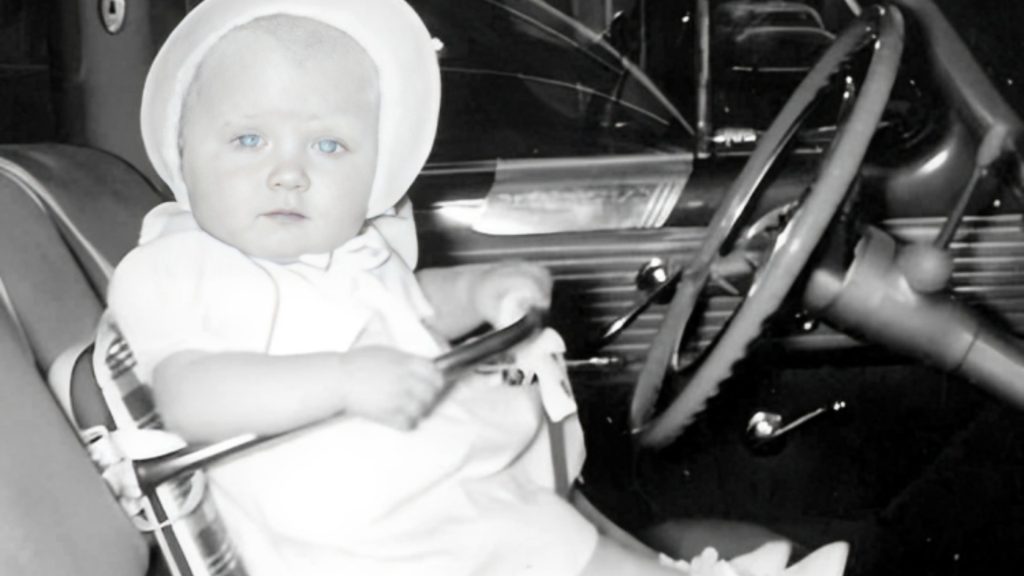
Initially, they were hard metal frames with a restraining belt. And most mothers put them in the front seat so they could keep an eye on their child during car rides. The metal seats were not buckled into the vehicle, so they offered no protection whatsoever in an accident.

